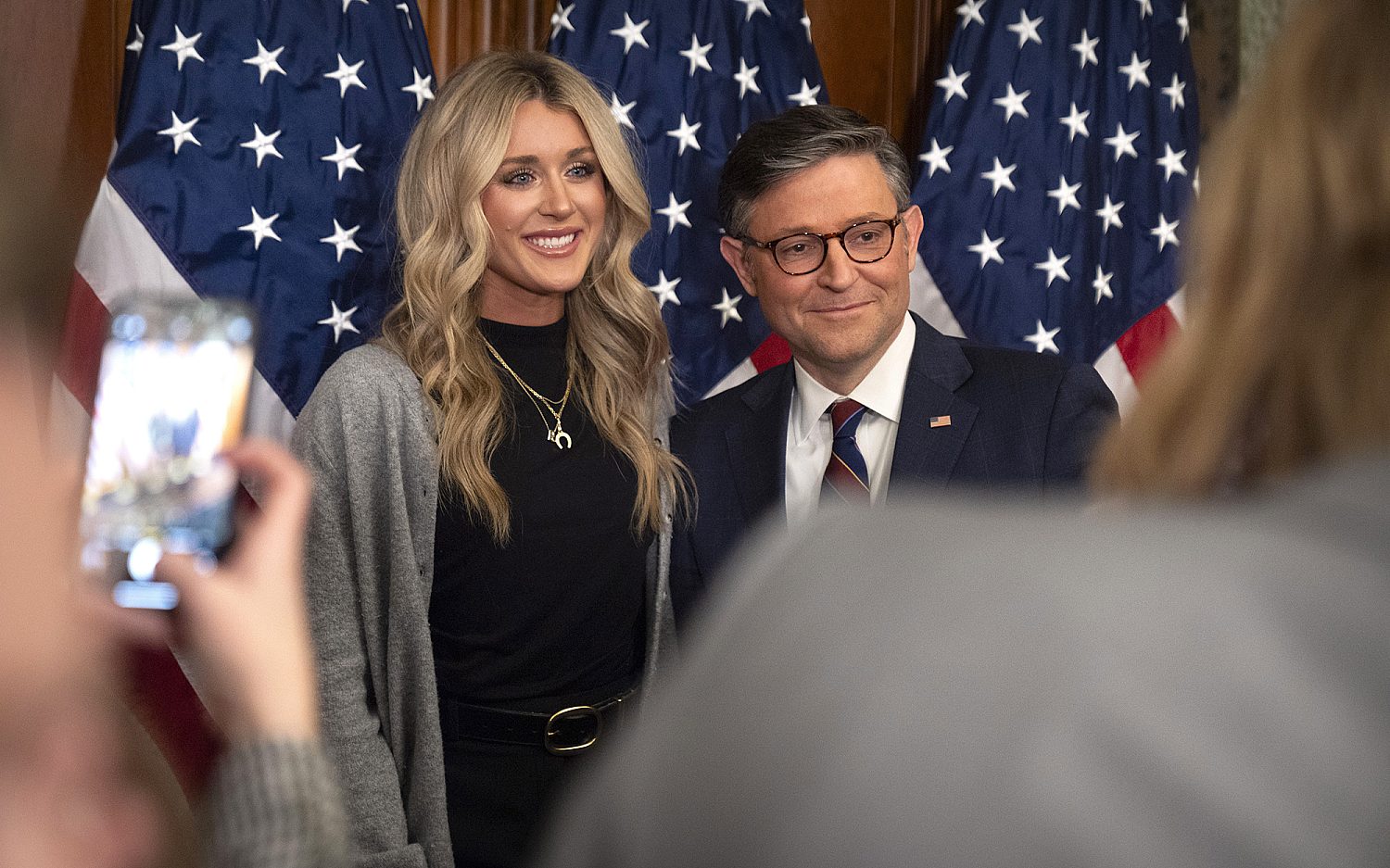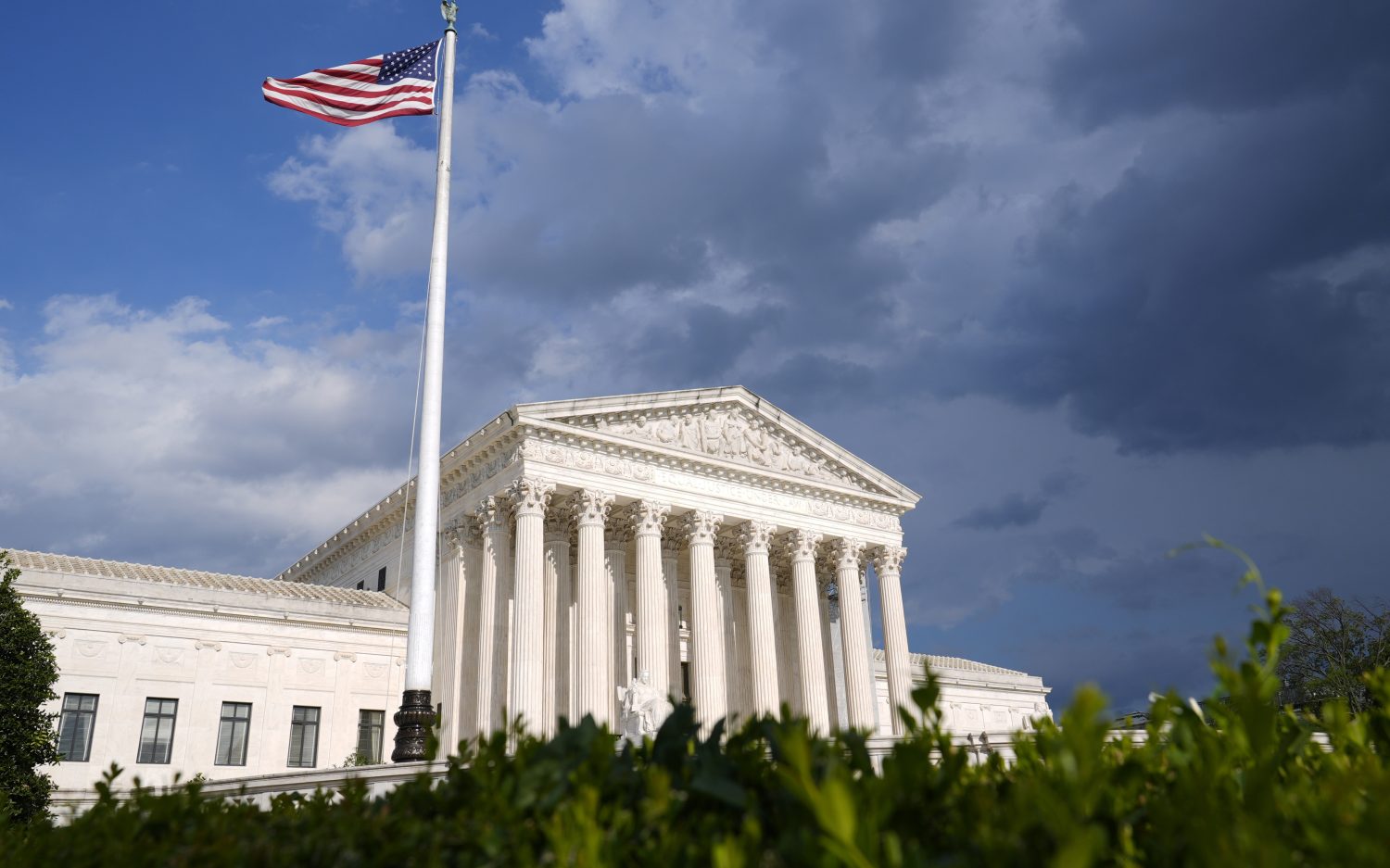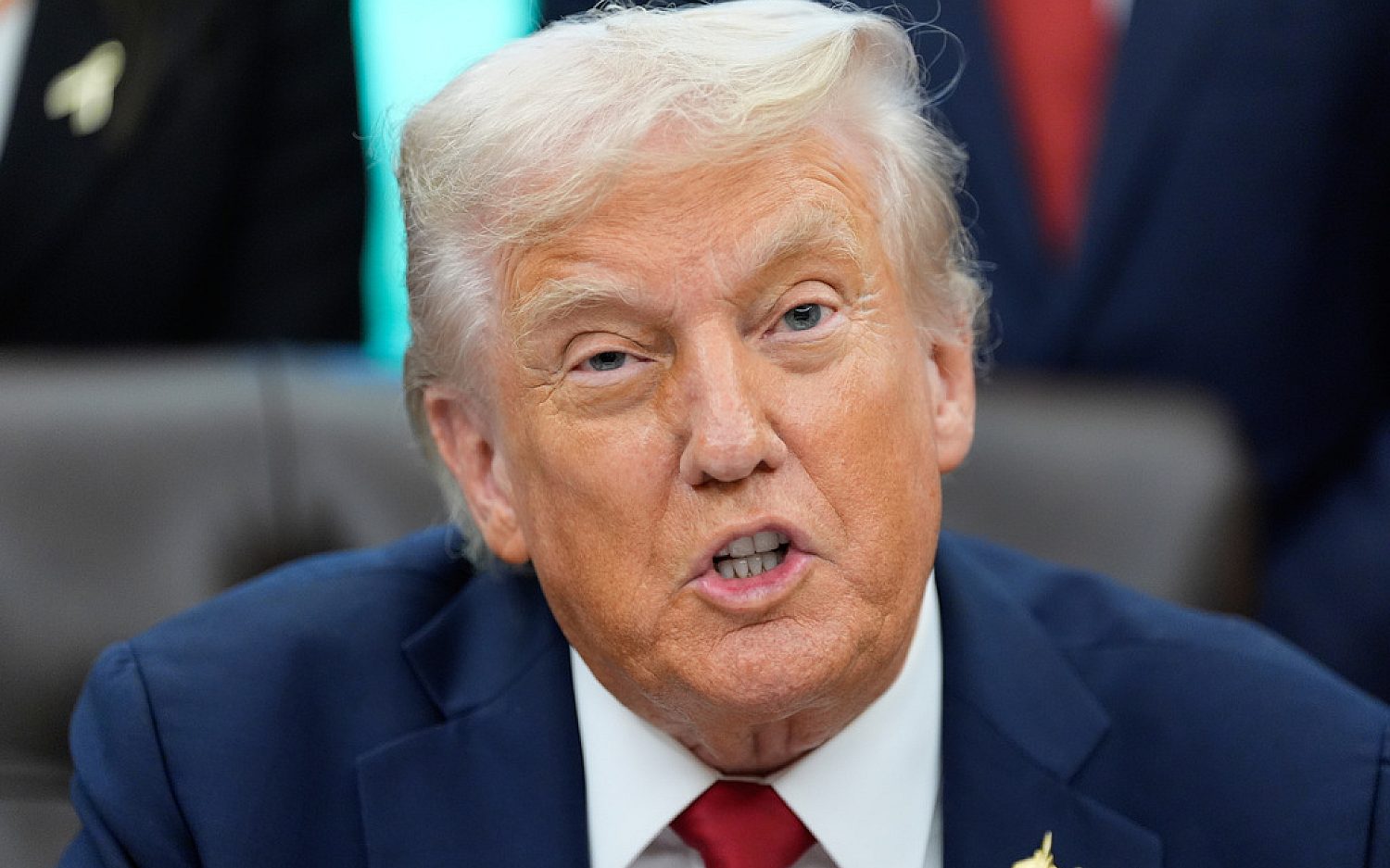CNN gets coveted drone clearance in deal with FAA
News giant CNN made its own headlines this week by teaming up with the FAA for research on commercial use of drones. CNN is now cleared to use camera-equipped drones for reporting and news-gathering. The FAA will get live data and CNN will get valuable drone test experience, relying on Georgia Tech Research Institute to help collect and process all the data.
“Our aim is to … establish what options are available and workable to produce high quality video journalism,” CNN senior vice president David Vigilante said on CNN Money.
The joint test program could result in more widespread authorization of commercial drones in U.S. airspace as CNN’s flights are analyzed and the FAA composes regulations.
Besides the CNN-FAA deal, the government has authorized only a handful of commercial drone permits, mainly for law enforcement activities, arctic oil exploration sites, and tests in a few sparsely inhabited areas, including North Dakota. American drone manufacturers have bemoaned missed sales because nearly all commercial drone use is not yet lawful in the United States. But many are gearing up for the day the sky’s the limit. They are betting the FAA soon will craft rules for drones weighing less than 55 pounds, flying below 500 feet.
The University of North Dakota already has a degree program for drone pilots at its Center for Unmanned Aircraft Systems—the phrase the FAA also prefers for drones. According to Al Palmer, the center’s director, many in the first crop of 61 graduates already have landed jobs at big-hitter firms that make drones, like Lockheed Martin, Northrup Grumman, General Atomics, and Boeing.
Amazon, Google, and Facebook are just a few of the global companies getting ready for a future sky delivery system using drones. Facebook’s Connectivity Lab—with new hires based in California and England—is abuzz with new technology being designed for drone use. Facebook founder Marc Zuckerberg’s goal is to attract new Facebook users, but he believes a constellation of drones and satellites will enable him first to provide needed internet access to the 6 billion people not yet using his service. “Our goal with Internet.org is to make affordable access to basic internet services available to every person in the world,” he said.
The big issue in commercial use of drones is safe integration of the typically tiny—and unmanned—aircraft into a complex national airspace. U.S. airspace hosts more than 30,000daily commercial flights, and safety is paramount. Unmanned drone flights still have a ways to go to prove they can operate safely around other aircraft in regular and emergency conditions, especially in dense metro areas where they could quickly outnumber manned flights.
The FAA’s laborious process for fixing drone limits may zoom ahead both because of the CNN program but also through safety improvements in software systems being advanced by start-up companies. San Francisco-based Airware is building an operating system to equip drones and their linked components to work seamlessly.
The industry for small drones is potentially larger than the defense industry “and certainly more interesting and beneficial to society,” said Airware CEO Johnathan Downey.
Video journalism, agriculture, and real estate are just a few professions in which using drones may change the playing field. But even when the FAA releases its commercial drone rules, it may take several years before they are in force. Meanwhile, the FAA issued guidance last week to law enforcement on how to help it catch drone operators who “who endanger the nation’s airspace.”
The Associated Press contributed to this report.
An actual newsletter worth subscribing to instead of just a collection of links. —Adam
Sign up to receive The Sift email newsletter each weekday morning for the latest headlines from WORLD’s breaking news team.




Please wait while we load the latest comments...
Comments
Please register, subscribe, or log in to comment on this article.